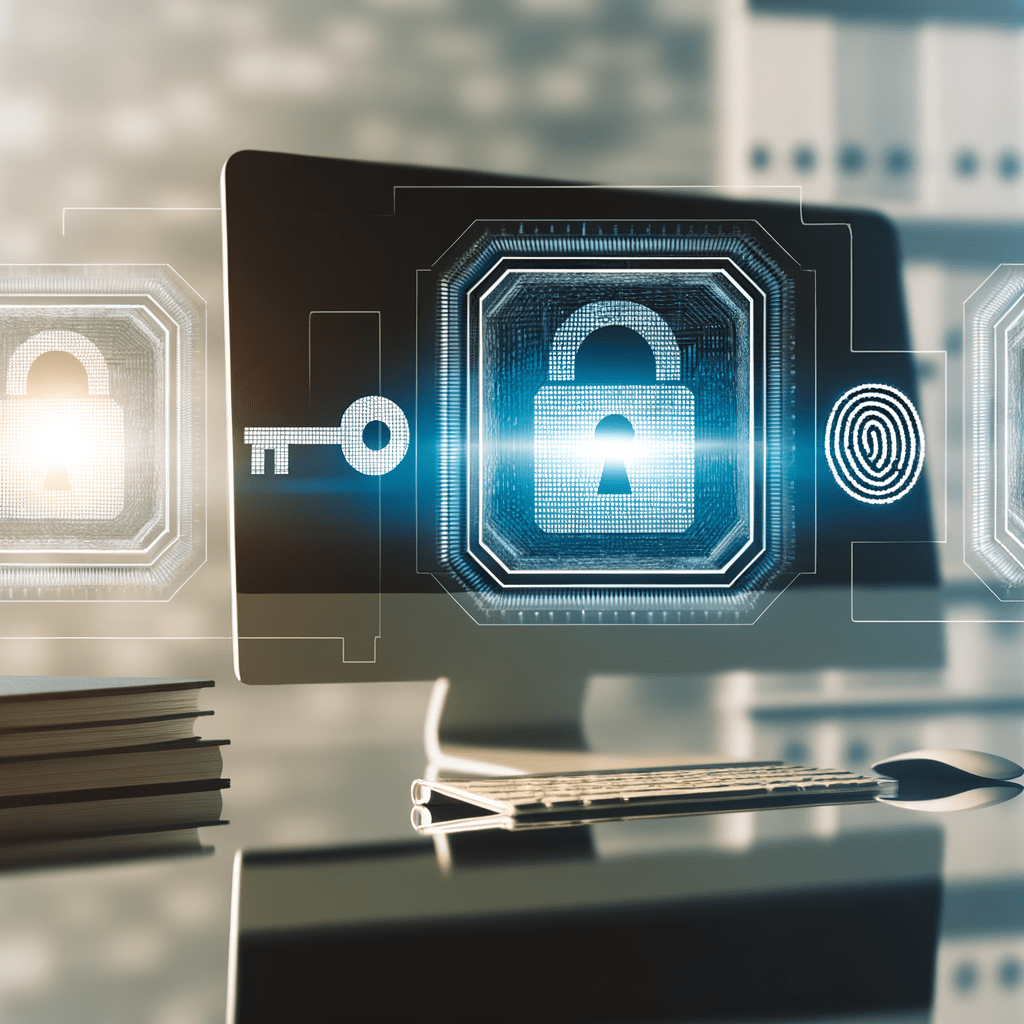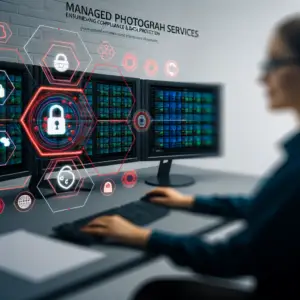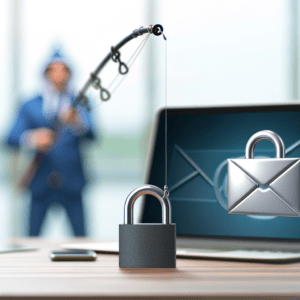Introduction: In today’s digital landscape, securing sensitive data is more important than ever. Businesses face increasingly sophisticated cyber threats, making it crucial to fortify their defenses. One of the most effective tools for enhancing security is Multi-Factor Authentication (MFA). This article delves into why MFA is vital for business security and how it can be implemented efficiently.
Enhancing Security with Multi-Factor Authentication
Multi-Factor Authentication, or MFA, adds an extra layer of security by requiring multiple forms of verification before granting access to sensitive systems. This method significantly reduces the risk of unauthorized access due to compromised passwords. Unlike single-factor authentication, which relies solely on something you know, like a password, MFA includes additional factors such as something you have (a physical device) or something you are (biometric data).
The most common forms of MFA include:
- SMS or email verification: A code sent to your phone or email that must be entered along with your password.
- Authenticator apps: Mobile apps that generate time-sensitive codes for account access.
- Hardware tokens: Physical devices that display codes or connect via USB to authenticate.
- Biometric verification: Facial recognition, fingerprint scanning, or voice recognition to verify identity.
By implementing MFA, businesses can substantially decrease the risk of data breaches, protecting sensitive information and maintaining customer trust.
Implementing Multi-Factor Authentication in Your Business
Businesses looking to incorporate MFA should start by evaluating their current security measures and identifying systems that require enhanced protection. Consider the types of data or services that, if compromised, would significantly impact the business. For many companies, these include email accounts, financial systems, and customer databases.
Next, select the appropriate MFA method based on your organization’s needs and the user-friendliness of the solution. It’s vital to ensure that the chosen MFA method provides robust security without introducing unnecessary complexities for users. Employee training is also essential to ensure smooth implementation and compliance.
Finally, continually monitor and update your MFA practices. Cyber threats are constantly evolving, and MFA should adapt accordingly to stay effective. Regularly review your security policies and update MFA methods to address emerging vulnerabilities.
Conclusion: Multi-Factor Authentication is a critical component of modern business security strategies. By adding multiple verification layers, MFA drastically reduces the risk of unauthorized access and data breaches. Businesses should prioritize implementing and maintaining MFA solutions to safeguard their assets, enhance security posture, and build trust with customers and partners alike.




